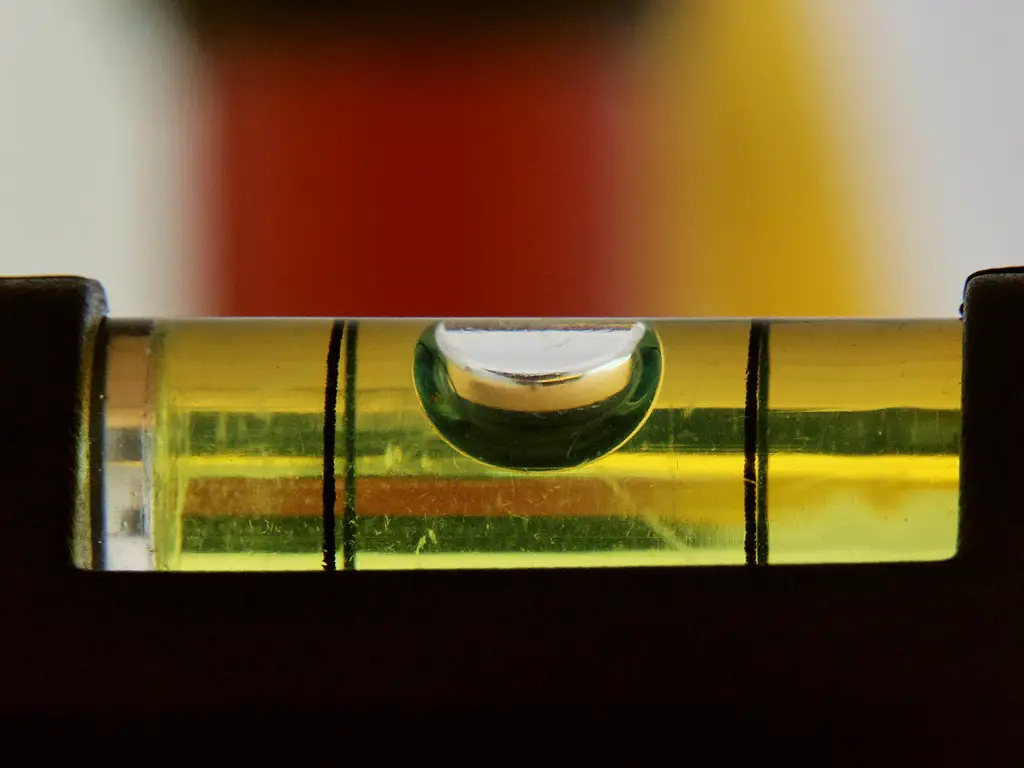A liquid level is a device that detects the presence or absence of liquid in a container. There are various types of liquid levels. These include Magnetic, Displacement, and Spirit levels. Some types of levels are kink-free and rely on Archimedes’ principle to detect any liquid. However, other types of liquid levels rely on other mechanisms to ensure their accuracy. For more information on the different types of liquid levels, please read on.
Optical sensors detect the presence or absence of almost any liquid
Optical sensors are solid-state devices that use infrared LEDs or phototransistors. When placed in a liquid or air, these devices become optically coupled to the materials that make up the liquid or air. The present invention is able to detect almost any liquid and solid at the same time. Because the sensors are not affected by ambient light or tiny bubbles, they can be used in many applications, including chemical level monitoring.
Optical sensors work by detecting the refracting light that reflects from the target object. The sensor’s Receiver is either a photodiode or a position detector, and it focuses light reflected from the object that is being sensed. In this way, the sensor can detect the presence or absence of almost any liquid in a level by analyzing the distance between the object and the sensor.
Displacement level gauges operate on Archimedes’ principle
A displacer level sensor works on Archimedes’ principle, and measures the load on a displacer rod. The rod is cylindrical in shape and has a continuing cross-sectional area. The length of the displacer is adjustable, ranging from fourteen inches to one hundred and twenty inches. As the level changes, the displacer experiences a larger buoyant force, and the sensor interprets this loss in weight as a rise or fall in the level. The instrument then transmits an o/p signal to indicate the change in level.
In addition to the Archimedes’ principle, displacement level gauges have other advantages. These devices can measure the level of different liquids, since their diameters can be changed to match the densities of the liquid. They also can measure the variation of the level interface’s vertical range. The DLI displacer level gauge is the most versatile and easy-to-use of the three types.
Magnetic level gauges are a security against leakages
A magnetic level gauge works on the same principle as communicating vessels and uses a float inside the measuring chamber. The float turns an indicating rail by turning a magnet attached to it. Depending on the fluid’s density, working pressure, temperature, and other process conditions, the float’s level may be incorrect. The permanent magnet located in each indicating rail protects the gauge from high temperatures and vibrations.
A magnetic level gauge is made of stainless steel and is highly durable. The float and transmitter are externally mounted, which eliminates concerns about chemical compatibility. These gauges can handle a variety of chemicals and are suitable for high-pressure, hazardous-material interfaces. A good feature of magnetic level gauges is that they require virtually no maintenance. Unlike glass gauges, magnetic level gauges can withstand system shocks and vibrations.
Spirit level
A spirit level is a device that uses a liquid in a level to measure a surface’s level. When the bubble inside the spirit level is centered between the lines, the object is plumb or vertical. When the bubble extends beyond the lines, the object is sloped left or right. Using the level correctly can help you create accurate measurements. However, this tool is not foolproof. It’s best to double check your measurements, especially if you’re working on a vertical surface.
You can find spirit levels in a variety of styles. Some are made of aluminum, while others are made of plastic or wood. Others have end caps that withstand the shock of dropping a vial. If you’re working with sensitive materials, you can opt for a level that has hand grips instead. In either case, a spirit level is a valuable tool that you’ll use often.
Line level
If you’re wondering what’s in a line level, you’ve come to the right place. This handy tool is used by masons and carpenters to measure the level of old ceilings. Despite its limited accuracy, line levels are an excellent choice for most applications, including construction work. But, before you get to using this handy tool, consider a few things. First, keep in mind that it will only give you an accurate reading if the line level is close to the middle of the run. In addition, even a tight string will cause the level to sag slightly.
Another question to ask is: What is the liquid in a line level? This type of level tool measures the height of a line, and they are often used in construction applications. They contain a glass case with a small capsule inside. The liquid inside the capsule can rupture if it isn’t filled completely. Often, ethanol is used, which is a highly diluted alcohol. The bubble that forms will be a marker for the level line.
Mason’s level
A Mason’s level is a small, rectangular instrument that measures vertical and horizontal distances. It is made of a specialized type of polymer known as mastic, and its base rests against the surface to be leveled. While it’s not always necessary to use a level with a needle, you can use one with a gauge to measure the height of an object. A quality level will have handholds and grips to ensure the user has an ergonomic grip while he or she is working.
The original spirit levels had two banana-shaped vials at different viewing points, making them difficult to use. Henry Ziemann invented the modern level, which contains one vial with a yellow liquid. The liquid is usually ethanol, which is low in viscosity, allowing the bubble to travel rapidly and settle in the viewing area. Using a spirit level is easy, so long as you know how to use it.


